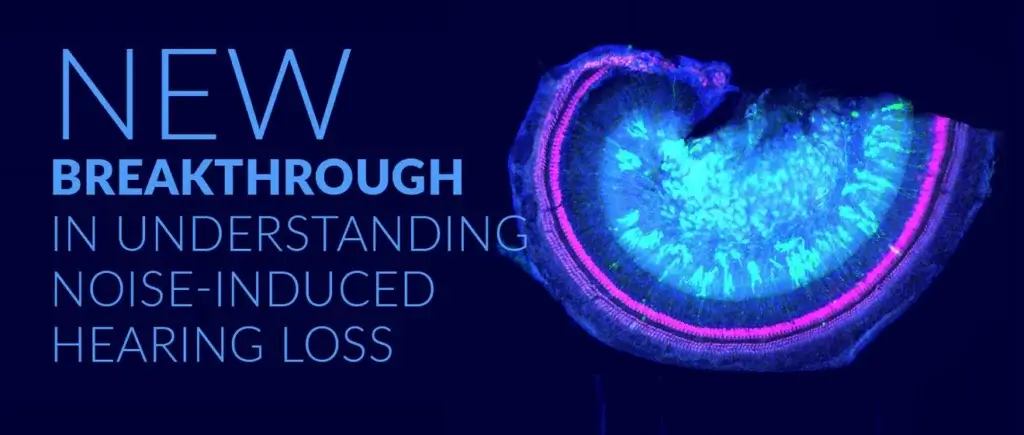Breakthrough in understanding Noise Induced Hearing Loss
Researchers have discovered the molecular mechanism that underpins noise-induced hearing loss, paving the way for the development of an effective medical treatment.

A team at the University of Pittsburgh School of Medicine in the USA have published a study showing that noise-induced hearing loss stems from cellular damage in the inner ear associated with an excess of free-floating zinc, an essential mineral for proper cell function and hearing.
By performing experiments in mice and on isolated cells of the inner ear, the researchers found that, hours after mice were exposed to loud noise, their inner ear zinc levels spiked. Loud sound exposure causes a robust release of zinc which leads to cellular damage and disrupts normal cell-to-cell communication.
When the team treated mice with a slow-release compound that trapped excess free zinc, the mice were less prone to hearing loss and were protected from noise-induced damage.
Researchers have now set to work to develop a treatment that could be made available as a simple, over-the-counter option to protect people from hearing loss.













